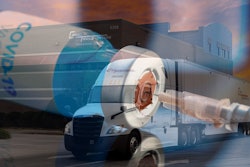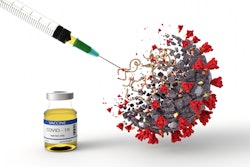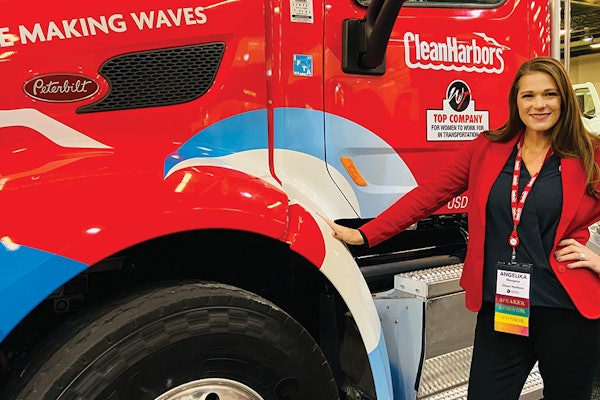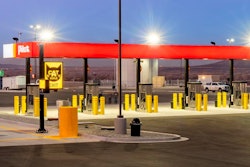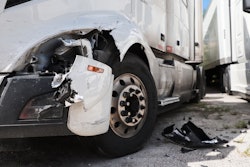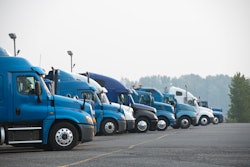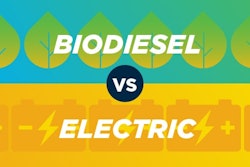So far, vaccine hauls have been isolated to just a few select carriers. Given government intervention in the contracting process and the high-value, high-priority, high-scrutiny nature of the vaccine hauls, just two to three carriers have touched vaccine loads so far. Namely, CRST, FedEx and UPS have been tapped for those contracts.
“It’s really been limited to such a small part of the supply chain,” said Ben Wiesen, CEO of transportation management software provider Carrier Logistics. “The rest of our transportation network is basically not part of it.”
Initially, when the vaccine deployment process began in December, Wiesen envisioned there would be an expansive, coordinated effort involving many carriers across various modes to move vaccines quickly from manufacturers to where they would actually be administered. “I really thought it would be all hands on deck,” he said.
But the novelty of two vaccines currently approved and on the market — Pfizer and Moderna’s mRNA vaccines — as well as the supply chain dance required between the pharmaceutical suppliers, federal and state governments and supply chain entities like motor carriers and distribution centers has limited carriers qualified to haul those loads.
“We don’t actually deliver incredibly valuable pharmaceutical rollouts every day or every week or every month even. There’s a small group of carriers queued up to do this that are trusted by both the government and the pharmaceutical companies,” said Chris Orban, vice president of data science at Trimble.
Initially, most vaccine loads required a police escort. The vaccine hauling process has evolved some since rollout first began in mid-December, but initially, every vaccine load required a police escort, said Orban. “The level of stress and level of detail and the level of precision – I think that’s one aspect that’s gone overlooked by the general public,” he said.
Among other challenges, carriers have had to work on airtight delivery schedules. In large part, the basics of COVID-19 vaccine loads have looked like any other shipment. “It’s still shipper to distribution center,” said Chris MacDonald, senior vice president at tracking and monitoring firm Orbcomm.
But there’s been a syncopated dance required to ensure that vaccines arrive at the right place and at the right time. “If people are scheduled to get their second shot three weeks after their first one, it doesn’t do any good if the vaccine shows up too early or too late,” said Orban. “It’s still picking something up from an origin and taking it to a destination,” he said. But unlike other reefer loads that may have a window of 24 hours for delivery, “we can’t have these loads sitting in a holding area. The coordination needs to be much more precise.”
There’s also been an intense effort around ensuring proper temperature control and tracking and monitoring, given the extreme temperature requirements of the Pfizer and Moderna vaccines, said MacDonald.
So far, displacement of truck capacity hasn’t been an issue – but that could change as vaccine “peak season” arrives. With new vaccines likely coming to market soon, and with a looming push to distribute those vaccines over the course of just months, the logistics aspects of vaccine transportation are likely to soon shift.
“My understanding is that the ambient condition requirements for the Johnson & Johnson vaccine make it easier to distribute, to store and to handle,” said Wiesen. “The distribution network just over the past week has started to change.”
Instead of vaccines being available only at public health facilities, soon major retail pharmacies like CVS and RiteAid, as well as retailers like Walmart and grocers, could start making appointments and administering vaccines. “Those major pharmacy chains already have very mature distribution networks,” said Wiesen, meaning vaccines “could move through the traditional distribution chains.”
In that case, a dump of 100 million doses in six months “over that number of retail locations isn’t really going to be that much of a blip,” Wiesen said.
But should vaccine hauls stay focused on a few select carriers, it could glom up those carriers’ resources and stress their capacity, said Orban.
With “vaccine peak season” looming, he said, it’s unlikely that the pool of carriers who are trusted by both pharmaceutical companies and the government to haul vaccine loads will be able to expand much. “We don’t have a lot of time to waste getting motor carriers into that population,” he said. “For me, that capacity is going to be consumed” by vaccines from the existing Pfizer and Moderna shipments, as well as the looming supply of Johnson & Johnson and other vaccine makers, should they be approved by the FDA.
With those companies’ capacities strained, that could have a downhill effect for other carriers to fill the void, even if temporarily, left by the carriers tasked with hauling vaccines and related supplies.
“What opportunities are there for carriers who maybe can’t play in the vaccine transport world?” Orban said. “Do they get to pick up the slack [on] groceries, cosmetics and other loads like that?”

